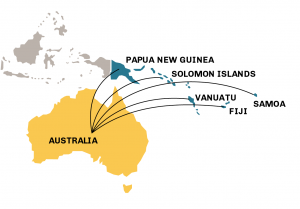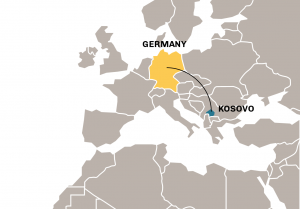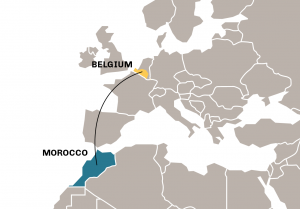Implementing a Global Skill Partnership requires going through the following 10 steps:
Choose a sector
In choosing a sector within which to develop a Global Skill Partnership, both countries of origin and destination should ascertain where there is an existing skill shortage; where there is employer demand; the extent of political will and public interest; where there is need for specialized training; and where there is potential for remittances and skill transfer.
Resources:
- CEDEFOP skills forecasts
- Approaches to anticipating skills for the future of work. Report prepared by the ILO and OECD for the G20 Employment Working Group (2018)
- Better Skills, Better Jobs, Better Lives: A Strategic Approach to Skills Policies. OECD (2012)
- Canadian Occupational Projection System (COPS)
- Australian Jobs Report
- U.S. Bureau of Labor Statistics Employment Projections
Choose a partner country
In choosing a country with which to develop a Global Skill Partnership, both countries of origin and destination should ascertain countries with similar labor shortages, foreign policy ties, strong labor laws, existing migratory pressure, and existing cultural linkages.
Resources:
- Expanding Legal Migration Pathways from Nigeria to Europe: From Brain Drain to Brain Gain. By Samik Adhikari, Michael Clemens, Helen Dempster, and Nkechi Linda Ekeator, CGD and World Bank (2021)
- Common interest in circular migration. Towards sustainable partnerships. By Monika Sie Dhian Ho, Nienke van Heukelingen, Nadia van de Weem, Anne van Mulligen, and Romain Lepla, Clingendael (2021)
- A Global Skill Partnership in Nursing between Nigeria and the UK. By Samik Adhikari, Michael Clemens, Helen Dempster, and Nkechi Linda Ekeator, CGD and World Bank (2021)
- A Global Skill Partnership in Construction between Nigeria and Germany. By Samik Adhikari, Michael Clemens, Helen Dempster, and Nkechi Linda Ekeator, CGD and World Bank (2021)
- A Global Skill Partnership in Information, Communications, and Technology (ICT) between Nigeria and Europe. By Samik Adhikari, Michael Clemens, Helen Dempster, and Nkechi Linda Ekeator, CGD and World Bank (2021)
Find funding
There are five main groups of costs involved in implementing a Global Skill Partnership: training, staffing, migration, living, and returns and reintegration. There are many potential funding sources, including overseas development assistance (ODA), normally levied by the country of origin; support from international organizations like the International Organization for Migration (IOM) and the World Bank; and leveraging private sector capital.
Resources:
- ICMPD’s Mobility Partnerships Facility
- Financing Legal Labor Migration Pathways: From Pilot to Scale. By Helen Dempster, Ismael Galvez Iniesta, Reva Resstack, and Cassandra Zimmer, CGD (2022.
Sign a government-to-government agreement
Once sectors and partner countries have been selected, it will be necessary to sign a Memorandum of Understanding (MoU) or a Bilateral Labor Agreement (BLA). This approach is especially required for healthcare partnerships with countries on the World Health Organization (WHO) Support and Safeguards List (2021).
Resources:
- Guidelines for skills modules in bilateral labour migration agreements. ILO (2020)
- When and Why Should Bilateral Labor Agreements Be Used? By Arti Grover Goswami, Manjula Luthria, Mai Malaulau, and Sebastián Sáez, World Bank (2013)
- Tool for the Assessment of Bilateral Labour Migration Agreements Pilot-tested in the African region. By Natalia Popova and Francesco Panzica, ILO and IOM (2019)
Consult stakeholders
All relevant stakeholders need to be consulted and have the opportunity to engage with the design of the Global Skill Partnership. Stakeholders include:
- Governmental bodies including ministries of development, labor, immigration, interior, and that of sectoral interest (e.g. health).
- Non-governmental bodies like labor unions, diaspora organizations, and civil society organizations.
- Employers and employer associations, particularly for shaping training requirements given skill shortages and committing to recruiting trainees.
- International organizations including the International Labour Organization (ILO), International Organization for Migration (IOM), and the World Health Organization (WHO).
While not all of these stakeholders need to be formally engaged in the implementation of the project, it is crucial that all are regularly consulted throughout the length of the project and given the opportunity to provide feedback on required course corrections. This will ensure that all stakeholders provide a positive rhetoric about the impact of the project which will be necessary given inevitable criticism from both within and outside government.
Sign on employers
It is not imperative to line up employers interested in hiring trainees in both countries of origin and destination before the project starts, but it helps align the training requirements to employer requirements and inculcates buy-in among employers for the projects. In addition, if the aim is to transition to a sustainable funding model whereby the private sector co/pays, bringing employers on in the early stages to understand the potential benefits is imperative.
Resources:
Develop curricula and training materials
Ensuring that the training course delivered in both the “home” and “away” track conforms to the needs of the labor markets on both sides will be the most difficult part of the design. It will be necessary to conduct in-depth reviews of labor needs (both now and in the future) in both countries by conducting desk research, and exchanging with senior federations, chambers of commerce, employment, and investment agencies.
Such skills needs should be developed in line with national employment strategies and contribute to the economic development goals of both countries. They also need to be certified in the country of destination, often by trades association or chambers of commerce.
Resources:
- Skill Development and Regional Mobility: Lessons from the Australia-Pacific Technical College. By Michael Clemens, Colum Graham, and Stephen Howes, CGD (2015)
Design contributions to broader systems
The training and mobility aspects of the project should be accompanied by investments in improving systems within the country of origin. This is one of the ways the Global Skill Partnership model can reduce “brain drain.” Such interventions should reflect and support the priorities of the government in question.
For example, a health partnership could support the training, recruitment, and retention of health workers within the broader health system. For example, investments could go into building and expanding educational facilities in areas with shortages, raising wages and working conditions, providing basic housing or a housing allowance, improving the quality of facilities, equipment, drugs, and medical supplies, and ensuring facilities are located where there is both demand but also access to good schools and other services.
Resources:
- Skill Development and Regional Mobility: Lessons from the Australia-Pacific Technical College. By Michael Clemens, Colum Graham, and Stephen Howes, CGD (2015)
Facilitate mobility
Once training has been delivered, it will be necessary to facilitate the mobility of those in the “away” track. Either trainees will be brought into a country of destination through a permanent visa category (whereby trainees have access to permanent residence and, eventually, citizenship) or through a temporary visa category (whereby trainees may have access to a two or three year long visa, before having their movement back to their country of origin facilitated). If the latter, some budget for return and reintegration should be included.
The International Organization for Migration (IOM) can support with pre- and post-departure training, while unions and accredited bodies can support with registration and post-arrival training. Those in the “away” track should also be connected to diaspora groups to help facilitate integration. Labor standards must be upheld throughout.
Resources:
Evaluate
The potential benefits from Global Skill Partnerships are vast and must be evaluated. This evaluation should be conducted at the beginning, middle, and end of the project, as well as some time after to ascertain the long-term impacts of the program. Such activities could be conducted in-house or contracted externally. Crucially, such evaluations should use control groups for both employees and employers to understand the impact of the program in all countries and for all sets of people. Reiterating the above, understanding the impact of the project to employers is vital to being able to prove the importance to other employers and other governments.
Based on the evidence gathered, the main actors will need to decide whether and how to scale the pilot scheme. The Global Skill Partnership model is best implemented at a small scale in the early phases – perhaps bringing over 100 trainees in the first cohort. In this way, the assumptions inherent in the design can be tested and adapted. In the long run, given strong demand, there may be potential to scale the project to thousands of trainees per year, perhaps expanding to a multilateral arrangement.
Over time, the unit cost of the project should decrease as the need for close hold implementation diminishes. Close attention should be paid to the project, and multiple evaluations conducted, to ensure the project is still having the desired impact. If the needs of employers change or diminish, the project must be ready to adapt to this new reality.
Resources:
- Paving the way for future labour migration: A Belgian-Tunisian Skills Mobility Partnership. By Mattia Di Salvo and Nelson Ndoye, IOM and Center for European Policy Studies (CEPS) (2020)
If you can think of more steps or resources, please do get in touch.



